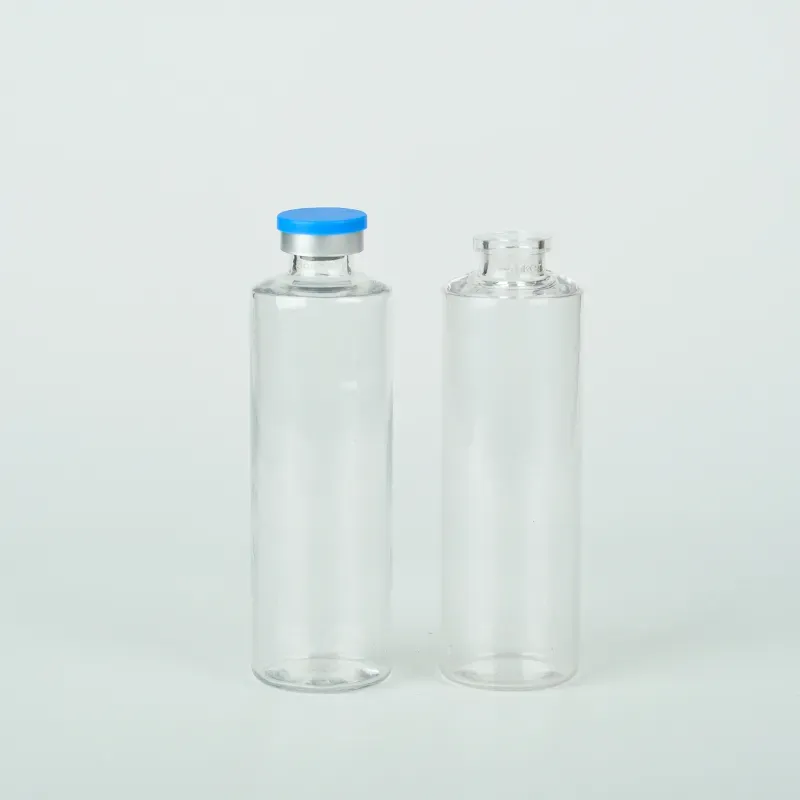Understanding the Impact of Spray Bottle Rate on Cleaning Efficiency and Product Distribution
Understanding the Spray Bottle Rate An Essential Guide
In our everyday lives, spray bottles are ubiquitous. Found in households, restaurants, and industries alike, these handy tools serve various purposes, from cleaning and sanitizing to moisturizing plants. However, one often overlooked aspect of spray bottles is the spray bottle rate. Understanding this rate can enhance the effectiveness of these devices and improve our overall experience with their use.
What is Spray Bottle Rate?
The spray bottle rate refers to the amount of liquid dispensed per spray action. This measurement is typically represented in milliliters per activation. For example, a spray bottle might dispense 0.3 ml with each pull of its trigger. The spray bottle rate plays a crucial role in determining how efficiently a solution is applied, whether that be for cleaning or other purposes.
Factors Influencing Spray Bottle Rate
Several factors influence the spray bottle rate, including nozzle design, liquid viscosity, and the pressure applied during spraying.
1. Nozzle Design The construction of the nozzle significantly impacts the spray rate. Nozzles can vary in size, shape, and technology, affecting how finely the liquid is atomized. A nozzle designed for a broad spray will deliver more liquid per activation, while a finer nozzle may mist the liquid, resulting in less volume per spray.
2. Liquid Viscosity The thickness of the liquid being sprayed also plays a role. For instance, water-based solutions will typically spray more readily compared to thicker liquids like oils or creams. Thicker liquids require more force to be dispensed, often resulting in a lower spray rate.
3. User Technique The way a user operates the spray bottle can influence the spray rate as well. A quick, forceful squeeze will produce a different rate compared to a slow, gentle pull of the trigger. Users should be mindful of how they handle the spray bottle to achieve their desired outcome.
spray bottle rate

Why is Spray Bottle Rate Important?
Understanding and optimizing the spray bottle rate can lead to better resource management and enhanced performance. For instance, in a cleaning context, using a spray bottle with a precise spray rate can improve efficacy, ensuring that just the right amount of cleaner is applied to surfaces without wastage. This both conserves cleaning solutions and ensures a more effective clean.
In industrial applications, controlling the spray bottle rate can impact production efficiency. For instance, in manufacturing settings where adhesives or coatings are used, a consistent spray rate ensures uniform application, reducing the chances of defects or material wastage.
Adjusting the Spray Bottle Rate
For many household users, adjusting the spray bottle rate can be as simple as changing the nozzle or altering the liquid used. For example, if one finds a particular nozzle dispenses too much liquid, swapping it for a nozzle with a finer spray can significantly reduce consumption.
Moreover, users should experiment with different liquids and dilutions. Sometimes diluting a cleaner can allow for more control over the spray rate, yielding better results while utilizing smaller amounts of product.
Conclusion
In conclusion, the spray bottle rate is an essential metric that underpins the efficiency and effectiveness of spray bottles across various applications. By understanding the factors that influence this rate and taking steps to optimize it, users can improve their practices, whether at home or in industrial settings. As we become more conscious of resource usage and strive for greater efficiency, mastering the spray bottle rate is a practical skill worth developing.
-
Aesthetic Makeup Spray Bottles | Fine Mist Empty RefillableNewsAug.19,2025
-
White Plastic Veterinary Vaccine Vials | Lab Liquid BottlesNewsAug.18,2025
-
Plastic Medicine Liquid Bottle: Secure Flip Top Drug VialsNewsAug.17,2025
-
Durable 250ml Blue Plastic Vaccine Vial for Lab & Vet UseNewsAug.16,2025
-
Sterile Virus Sample Tubes: Secure & Reliable Specimen CollectionNewsAug.15,2025
-
White 250ml Plastic Vaccine Vial for Lab & Vet MedicineNewsAug.14,2025
























